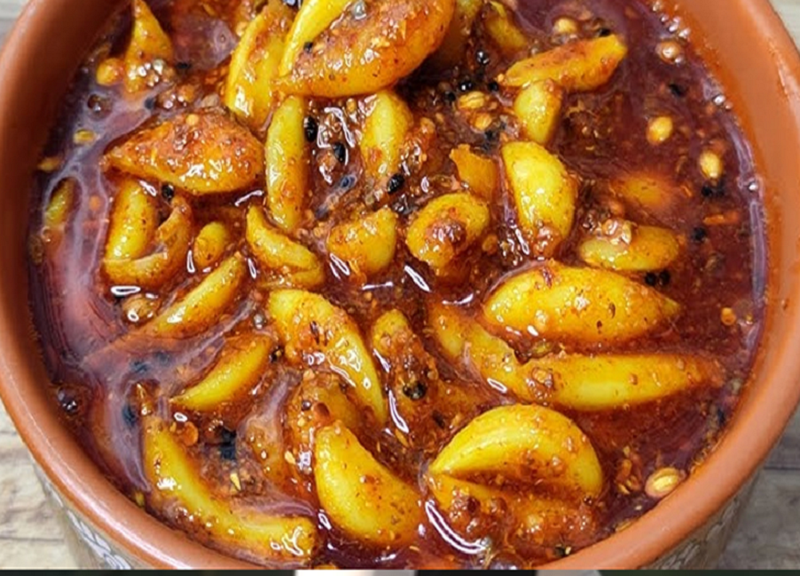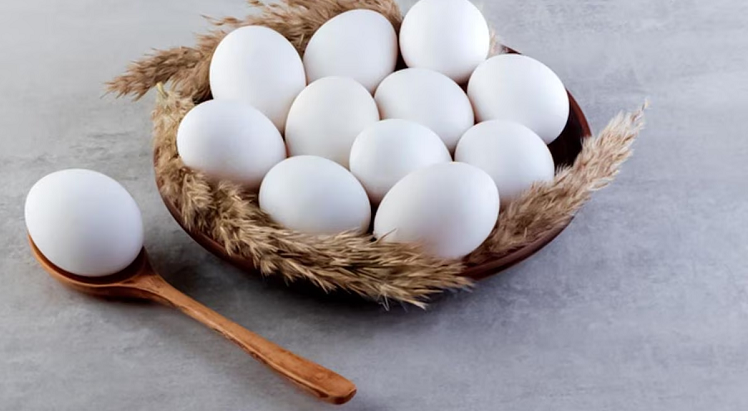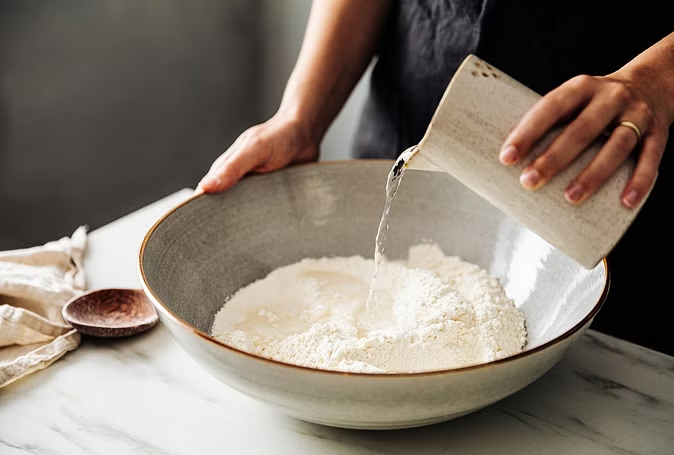
Tips To Wash Fruits-Vegetables: We bring fruits and vegetables at home daily. But even today many people do not know the right way to wash them. Many times you do not even know and you fall sick by eating fruits and vegetables without washing them properly. Some people also wash fruits by mixing different things in the water. While this method is wrong. Eating colourful vegetables and fruits has many health benefits. But if they are not cleaned or washed properly, they can also pose a risk of infection.
Know the right way to wash fruits and vegetables before eating them
Fruits and vegetables can become contaminated during harvesting or preparation. They may come into contact with contaminated soil, water or animals or they may come into contact with contaminated surfaces during packaging and handling. In India also we usually buy fruits and vegetables from the markets which are mainly very beneficial.
Wash fruits and vegetables before cutting and eating
Vendors who sell fruits and vegetables usually have low levels of personal and household hygiene as well as the public places where they sell are not well-cleaned. This poor hygiene is what causes turbidity in fruits and vegetables, as well as what causes gastrointestinal. That's why it becomes necessary for us to wash fruits and vegetables before cutting and eating them. There's more to washing them than just cleaning up dirt.
Let's find out the right way to wash them to keep ourselves safe...
Wash your hands thoroughly before handling fruits and vegetables.
Wash them before peeling, even if you don't want to eat the peel.
Cruciferous and leafy greens: Separate and soak the leaves or florets in a large bowl of cold water for one to two minutes, drain the leaves in a colander and pat dry with a clean towel. Rub with your hands while holding under a heavy stream of cold water and pat dry in a sieve if necessary.
Delicate fruits and vegetables (berries): Wring gently in your hands while holding under a gentle stream of cold water and spread on a clean towel to dry.
Roots and Tubers: Using a vegetable brush, scrub by holding it under a heavy stream of cool water and pat dry using a clean towel.
Mushrooms: Spin in a sieve while spraying with a heavy stream of cold water and set on a clean towel to dry.
Note that there is no need to use soap or detergent to wash fruits and vegetables as this can make you ill. Also, it is useless to use a vegetable wash or vinegar as they are no more effective than washing with water.
Illness can be avoided in a right way
It is also important how we keep fruits and vegetables after washing them. For example, cutting boards, knives and other utensils used to cut or peel vegetables should be clean and hygienic to remove bacteria present on them. Along with this, fruits and vegetables should be kept properly to avoid spoilage. By taking these precautions, you can reduce your risk of disease and enjoy the health benefits of a diet rich in fruits and vegetables.










